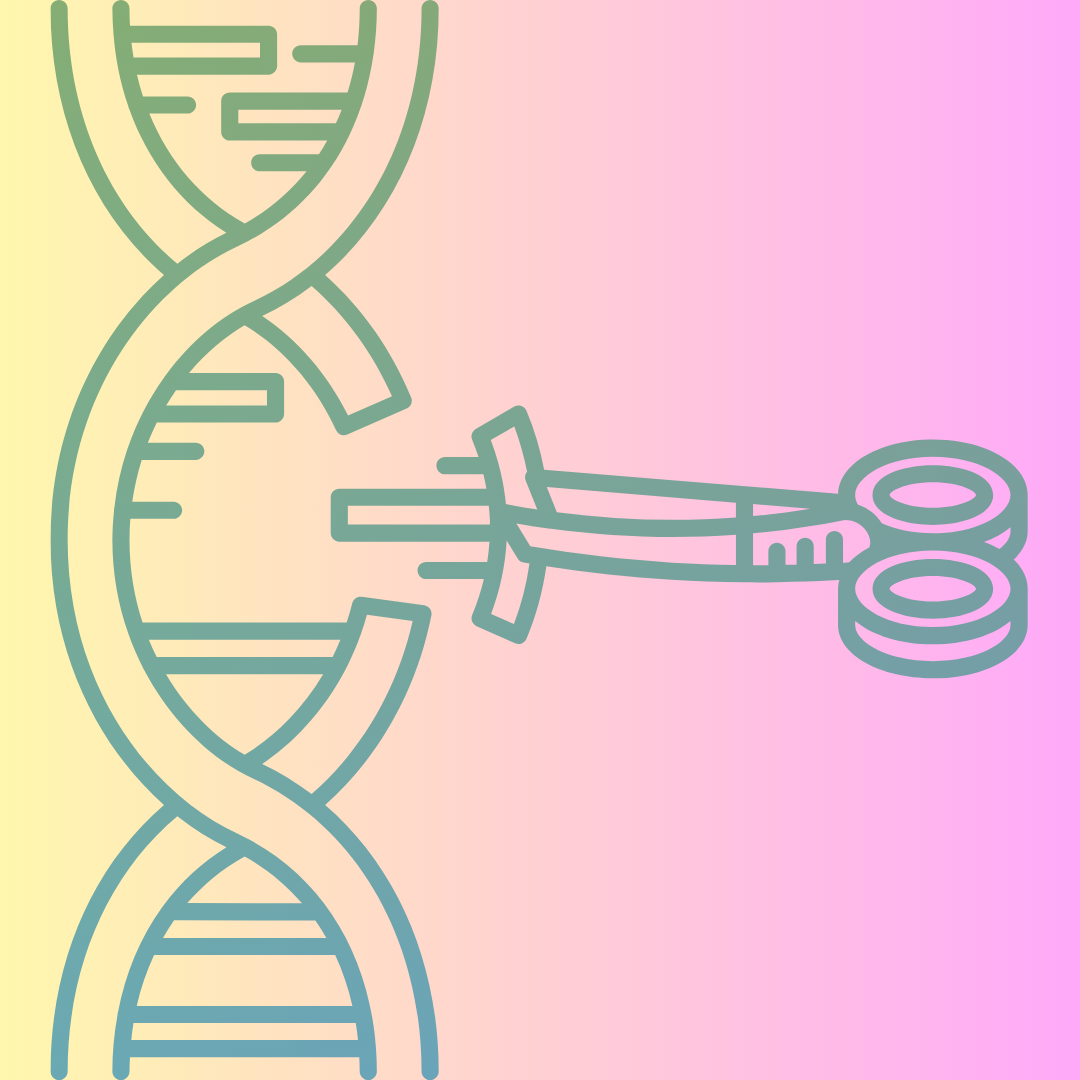Aggregated News

Gene editing's next chapter will be focused on tackling cancers and more common diseases, uncovering new details about aging and other fundamental aspects of biology and editing RNA, top scientists in the field said this week.
The big picture: The potential of CRISPR gene-editing technology was realized six months ago, when the Food and Drug Administration approved the first therapy that uses the system to treat sickle-cell anemia. Now, scientists are setting their sights on more complex molecular targets.
If researchers can perfect gene editing tools and program site-specific editing, the technology could be adapted to treat even more kinds of diseases, as well as create more resilient plants and livestock.
Driving the news: Intellia Therapeutics this week said its CRISPR-based treatment for hereditary angioedema — a rare genetic disorder that causes severe swelling in the body — reduced those attacks by an average of 98% each month in the first 10 patients who received the therapy.
Dozens of other CRISPR-based therapies are in clinical trials but the treatments can cost millions of dollars and have unintended side effects...



